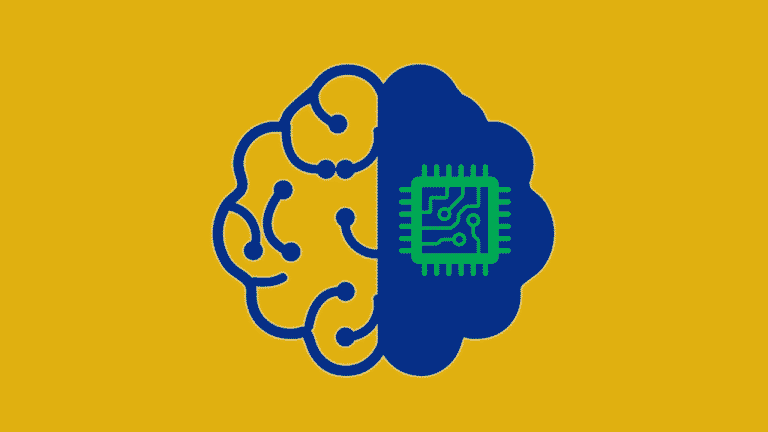Today, more and more businesses are trying different approaches to make use of the Artificial Intelligence. Which leads them to the most promising and relevant area called Machine Learning. Machine Learning is becoming a very popular approach for processing the big data and there’s been increasing demand for ML professionals. That makes everyone curious to know more about it.
Before you join the machine learning bandwagon, it’s necessary to understand what machine learning is. By understanding what machine learning is, you are in a better position to wield its immense power and ultimately make it work for you.
Contents
Defining Machine Learning
So what is machine learning? Most definitions you are likely to come across require extensive statistical background to understand. The assumption is before coming into machine learning the reader has a background in related topics. Such an assumption introduces a recursive problem, which we should clear right away with a simple, yet comprehensive definition of machine learning.
Machine learning is the ability of a computer to learn how to perform tasks without explicit programming.
Through machine learning, a computer can, for instance, learn how to recognize millions of faces without being explicitly program to identify each individual face.
At this point, you might be wondering how machine learning makes it possible for a computer to carry out a task without an overt programming. After all, our definition of machine learning elevates a computer to a system capable of demonstrating intelligence. To quell any skepticism, let’s look at the nuts and bolts of machine learning from a bird’s eye view.
Also, Read: Difference between AI, Machine Learning, and Deep Learning
Machine Learning: Under The Hood
Numerous book volumes on the nuts of bolts of machine learning exist which speaks to the enormous amount of information on the topic. Any attempt to compress the information on the topic is a futile undertaking.
For that reason, we’re only going to concentrate on the core fundamentals of machine learning which are sufficient enough to understand what machine learning is.
Algorithms
Algorithms are fundamental to machine learning. Think of algorithms as a recipe. Like recipes, algorithms break down a process into a number of steps that can be expressed in computer code. Machine learning algorithms are special because they incorporate statistical methods that allow a computer to make smart decisions when presented with a scenario.
Think of Google’s self-driving cars. These cars stop at stop signs, make turns on their own, and avoid hitting objects all on their own. No one could possibly program every event such a car might come across, yet, Google’s self-driving cars go about their jobs remarkably well.
That’s the power of algorithms in machine learning. The algorithm is meant to achieve a predefined goal. It makes decisions after receiving input from its environment. To be able to make the right decision, the algorithm must first of all be trained. The training involves providing the algorithm with categorized data sets that identify the desired outcomes. With large sets of these data, a machine learns how to achieve the right outcome such that when presented with uncategorized data, the machine learning algorithm achieves the desired level of accuracy. Such an algorithm relies on supervised learning.
Another common algorithm in machine learning is the unsupervised learning algorithm. Here, the designed outcome is not known. That means for the algorithm to be any good, it must be able to learn on the fly. Unsupervised learning entails the ability of the machine learning architecture to learn from the data it receives. It does not have the benefit of learning data labels or how they are associated with each other. It is quite common for the unsupervised learning algorithms to make mistakes early on, but once they learn from their mistakes, they can accomplish astonishing tasks.
Reinforcement Learning
Derived from unsupervised learning, reinforcement learning algorithms have a larger degree of latitude. Here, the machine determines the ideal behavior for a specific task through trial and error. The algorithm learns from past mistakes. To help the machine recognize when its right or wrong, rudimentary feedback is required.
Of all the three machine learning algorithms, reinforcement learning is the most complex. It requires numerous algorithms to achieve. That said, reinforcing is the most effective machine learning approach as it allows the machine to grow its knowledge with every decision it makes.
Conclusion
There you have it. A gentle introduction to machine learning, and all the important things you need to know. It is worth mentioning that machine learning relies heavily on statistics. Every algorithm discussed here requires a statistical implementation. If you want to study machine learning, getting familiar with various statistical concepts greatly helps your progress in the field.


